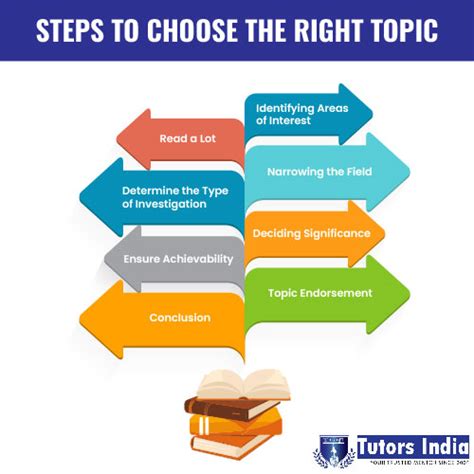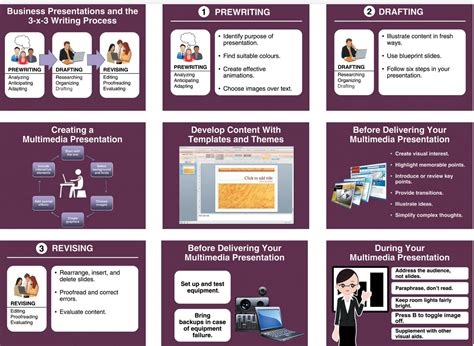Breaking News


Popular News


Learn how to ace your science fair presentation with tips on choosing the right topic, creating a compelling display, and engaging the judges and aAre you preparing for a science fair and want to ensure that your presentation and display stand out from the rest? In this blog post, we will provide you with valuable tips on how to achieve science fair success through your presentation and display. From choosing the right topic to engaging the judges and audience, we’ve got you covered. We will guide you through designing an eye-catching display, creating a compelling presentation, and incorporating visual aids effectively to make your project shine. Whether you’re a first-time science fair participant or a seasoned pro, these tips will help you to make a lasting impression and increase your chances of success. So, grab a pen and paper, and get ready to take your project to the next level!
Contents

When it comes to participating in a science fair, one of the most crucial decisions is choosing the right topic for your project. The topic you choose will determine the direction of your research, the scope of your experiment, and ultimately, the success of your presentation. It’s important to select a topic that you are passionate about, as this will not only make the entire process more enjoyable, but it will also shine through in your presentation.
Furthermore, it’s essential to choose a topic that is relevant and current. Science is a rapidly evolving field, and judges will be looking for projects that address current issues or developments. Look for topics that are making headlines or have the potential to make a significant impact in the field. Being up-to-date and relevant will demonstrate that you are engaged and knowledgeable in your chosen area of study.
Another important factor to consider when choosing a topic is its feasibility and accessibility. Make sure that the resources and materials you need for your project are readily available, and that you have the necessary time and expertise to carry out the experiment. It’s also a good idea to select a topic that is within your budget and capabilities. This will ensure that you are able to execute your project effectively and present it with confidence.
Ultimately, the key to choosing the right topic for your science fair project is to find a balance between your interests, the relevance of the topic, and the feasibility of the experiment. By considering these factors, you can set yourself up for success and create a presentation that is both engaging and impactful.

When it comes to designing an eye-catching display for your science fair project, there are a few key principles to keep in mind. The first is to ensure that your display is visually appealing and attention-grabbing. This can be achieved by using bold colors, large fonts, and clear headings to draw the viewer’s eye to the most important information. It’s also important to keep the layout clean and organized, with ample space between different sections to avoid overwhelming the viewer.
Another important aspect of designing an eye-catching display is to ensure that it is informative and easy to understand. Use bullet points and short, concise sentences to convey information in a clear and digestible manner. Incorporating visual aids, such as diagrams, charts, and photos, can also help to illustrate complex concepts and add visual interest to the display.
Consider using a table to display data in a clean and organized manner. This can help to make your information easily accessible and understandable for viewers. Moreover, using lists (li) can also help to break up large blocks of text and make your display more visually appealing and engaging. By incorporating visual aids effectively, you can make your display more captivating and ensure that your audience fully understands the information you are presenting.

When it comes to creating a compelling presentation for a science fair, there are a few key elements to keep in mind. First and foremost, it’s important to choose a topic that not only interests you, but is also relevant and engaging for your audience. This will help you stay passionate and motivated throughout the process, and will also capture the attention of the judges and spectators. Once you have your topic, it’s crucial to do thorough research and gather all the necessary data and information. This will not only enhance the credibility of your presentation, but will also demonstrate your knowledge and expertise on the subject.
After gathering all the essential information, the next step is to organize your presentation in a clear and logical manner. Consider using visual aids such as graphs, charts, and images to help illustrate your points and make your presentation more interesting and easy to follow. Remember, the goal is to communicate your ideas and findings effectively, so keep your audience in mind as you design your presentation.
Another important aspect of creating a compelling presentation is practicing your delivery. Rehearse your presentation multiple times to ensure that you are confident and comfortable with the material. This will help you communicate your ideas with clarity and enthusiasm, and will also enable you to respond to any questions or feedback from the judges and audience. Finally, make sure to incorporate a strong conclusion that summarizes your key points and leaves a lasting impression on your audience.
In summary, creating a compelling presentation for a science fair requires careful consideration of your topic, thorough research, strong organization, effective use of visual aids, and practice. By focusing on these key elements, you can enhance the quality and impact of your presentation, and increase your chances of success at the science fair.

Science Fair Success: Tips for Presentation and Display
When it comes to presenting your scientific findings at a science fair, it’s important to incorporate visual aids effectively in order to engage the judges and audience. Visual aids can help to clarify and reinforce your points, making your presentation more memorable and impactful. However, it’s essential to use them in a way that enhances your presentation rather than detracting from it.
One way to effectively incorporate visual aids is to use charts and graphs to visually represent your data. This can help to make complex information more accessible and easily understandable for your audience, allowing them to quickly grasp the key findings of your project. Additionally, using images and photographs can help to bring your project to life and provide visual evidence of your research and experiments.
Another important aspect of incorporating visual aids effectively is to ensure that they are clear and easy to read. This means using large, legible fonts and ensuring that any text or images are not cluttered or overwhelming. It’s also important to consider the color scheme of your visual aids, as using complementary colors can help to make your presentation more visually appealing.
Finally, it’s crucial to practice incorporating your visual aids into your presentation. This will help you to ensure that they flow smoothly and that you can effectively explain and interpret them for your audience. By taking the time to carefully plan and rehearse the use of your visual aids, you can help to make your science fair presentation more engaging and impactful.

Engaging the judges and audience is a crucial aspect of a successful science fair presentation. One way to do this is by establishing eye contact with the judges and the audience. By looking at them directly, you can convey confidence and show that you are knowledgeable about your topic. This can also help in building a connection with the judges and keeping the audience engaged throughout your presentation.
Another important aspect of engaging the judges and audience is to use a conversational tone during your presentation. Instead of simply reading off your display board, try to speak naturally, as if you were having a conversation with someone. This will make your presentation feel more personal and engaging, and can help to keep the judges and audience interested in what you have to say.
When engaging the judges and audience, incorporating storytelling into your presentation can be very effective. Using real-life examples, anecdotes, or personal experiences related to your science project can make your presentation more relatable and interesting. This can help to create a connection with the judges and audience, and make your presentation more memorable.
In conclusion, engaging the judges and audience is essential for a successful science fair presentation. By establishing eye contact, using a conversational tone, and incorporating storytelling into your presentation, you can keep the judges and audience engaged and make a lasting impression with your science project.

What are some tips for creating an eye-catching display for a science fair project?
Some tips for creating an eye-catching display include using colorful and engaging visuals, organizing information in a clear and easy-to-read manner, and incorporating interactive elements if possible.
How can I make my science fair presentation stand out from the rest?
To make your science fair presentation stand out, practice your speaking skills and be confident in sharing your project, use visual aids to support your presentation, and be prepared to answer questions from judges and visitors.
What are some common mistakes to avoid when presenting a science fair project?
Some common mistakes to avoid include reading directly from your display board, overcrowding your visual aids with too much information, and not practicing your presentation beforehand.
How important is it to communicate the scientific process behind my project?
Communicating the scientific process behind your project is crucial as it shows judges and visitors that you understand the steps you took to reach your conclusions and adds credibility to your work.
What should I include in my science fair display board?
Your science fair display board should include a catchy title, your question or hypothesis, the steps of your experiment, data and results, and a conclusion that answers your original question or hypothesis.
How can I engage the audience during my science fair presentation?
To engage the audience, consider incorporating interactive elements such as a demonstration related to your project, asking thought-provoking questions, and encouraging visitors to participate in a hands-on activity.
What are some key preparation steps for a successful science fair presentation?
Key preparation steps include thoroughly understanding your project, practicing your presentation multiple times, preparing answers to potential questions, and creating a visually appealing display board.